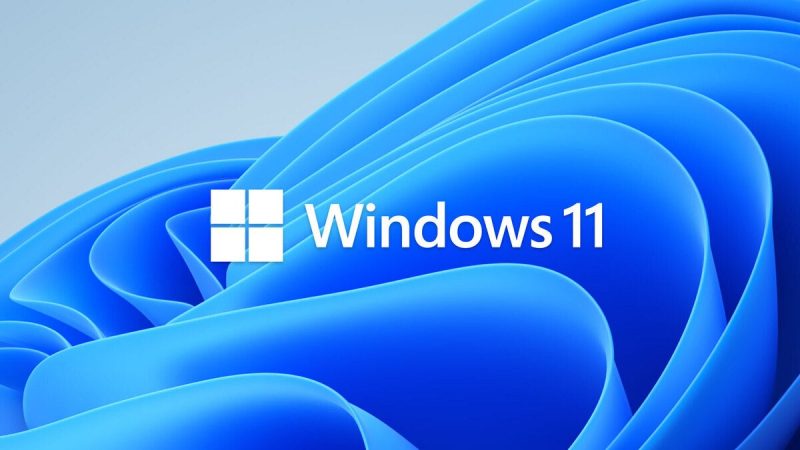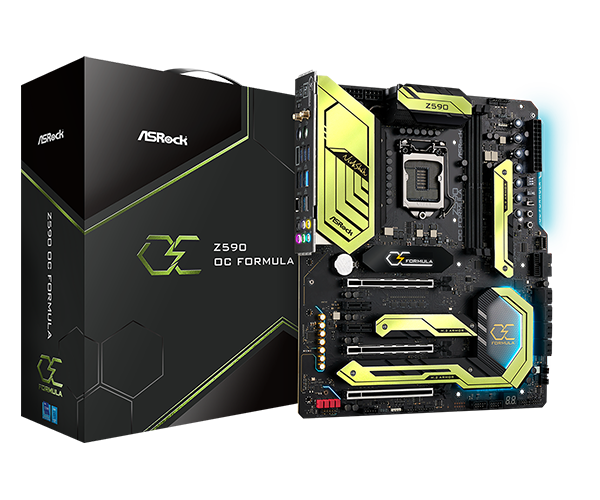As a tech-savvy individual, you understand the importance of keeping your PC in tip-top condition. Outdated or broken drivers can lead to a multitude of issues, such as loss of sound, in-game framerate spikes, crashes, and even the inability to run certain programs. That’s where DriverFix comes in. In this comprehensive guide, we will explore the benefits of DriverFix, its system requirements, and how it can simplify the process of updating and fixing drivers on your Windows 10 and 11 systems.
Why Choose DriverFix?
DriverFix is a lightweight software solution designed to make the process of updating drivers a breeze. With DriverFix, you no longer need to waste time navigating the Device Manager or visiting each manufacturer’s website to manually download and install drivers. This powerful tool does the heavy lifting for you, ensuring that your PC is equipped with the latest drivers to optimize performance and resolve compatibility issues.
Extensive Driver Database
One of the standout features of DriverFix is its extensive driver database. Unlike other software solutions, DriverFix boasts a vast collection of drivers, ensuring that it can update drivers for a wide range of hardware components. Whether you’re using Windows 10 or the latest Windows 11, DriverFix has you covered.
System Optimization
In addition to updating drivers, DriverFix also offers system optimization features. By utilizing various tweaks, DriverFix can reduce CPU usage, extend battery life, and prevent overheating. This comprehensive approach ensures that your PC runs smoothly and efficiently.
Exploring DriverFix: Free Trial and Paid Version
When it comes to trying out a new product, it’s always reassuring to have the option of testing it before making a purchase. Fortunately, DriverFix offers both a free trial and a paid version, allowing you to experience the benefits of this software firsthand.
Free Trial Version
The DriverFix free trial is a great way to get acquainted with the program. With the free trial, you can explore the software’s features and functionality without committing to a purchase. Although the free trial version only provides a list of outdated drivers, it gives you a glimpse of what DriverFix can do for your PC.
Paid Version: DriverFix Pro
For those seeking automatic updates and the full functionality of DriverFix, the paid version, known as DriverFix Pro, is the way to go. With DriverFix Pro, you not only have access to the latest driver updates, but you can also enjoy the convenience of automatic installation. This means that once DriverFix downloads the necessary drivers, it will seamlessly install them on your system.
System Requirements for DriverFix
Before diving into the world of DriverFix, it’s important to ensure that your system meets the necessary requirements. Here are the system requirements for installing and running DriverFix:
- Operating System: Windows 7, 8, 8.1, 10, 11
- Processor: 1 GHz Intel/AMD or faster CPU
- Hard Drive Disk Space: 100 MB of free space
- Memory: 512 MB or above
- Internet Connection: Yes
It’s worth noting that DriverFix aims to be as lightweight as possible. You won’t be burdened with downloading large packages and databases. Instead, you’ll only need to download a compressed file that takes up minimal space on your hard drive. The actual driver updates are stored in online libraries, reducing the impact on your system’s resources.
Getting Started with DriverFix: Installation and Setup
Now that you’re familiar with the benefits of DriverFix and the system requirements, it’s time to get started. Follow these steps to install and set up DriverFix on your Windows 10 or 11 system:
- Download DriverFix: Visit the official DriverFix website and download the software.
- Run the Installer: Locate the downloaded file and run the installer.
- Follow the On-Screen Instructions: The installation process is straightforward and intuitive. Simply follow the on-screen instructions to complete the installation.
- Launch DriverFix: Once the installation is complete, launch DriverFix from your desktop or start menu.
With DriverFix up and running, you’re ready to start optimizing your system and updating your drivers.
Using DriverFix: Updating and Fixing Drivers Made Easy
DriverFix simplifies the process of updating and fixing drivers, ensuring that you have the latest drivers for your hardware components. Here’s a step-by-step guide on how to use DriverFix effectively:
Scanning for Outdated Drivers
Upon launching DriverFix, the software will automatically scan your system for outdated drivers. This scan is quick and efficient, providing you with a comprehensive list of drivers that require updating.
- Click on “Scan”: In the DriverFix interface, click on the “Scan” button to initiate the scan.
- Wait for the Scan to Complete: DriverFix will analyze your system and identify any outdated drivers.
- Review the Scan Results: Once the scan is complete, DriverFix will display a list of outdated drivers on your system.
Updating Drivers
DriverFix makes updating drivers a seamless process. With just a few clicks, you can download and install the latest drivers for your hardware components.
- Select the Drivers to Update: Review the scan results and select the drivers that you want to update. You can either update drivers individually or select all drivers for a comprehensive update.
- Click on “Update”: After selecting the drivers, click on the “Update” button to download the latest versions.
- Wait for the Update to Complete: DriverFix will download the updated drivers and install them on your system. This process may take a few minutes, depending on the number of drivers being updated.
- Restart Your System: Once the update is complete, it’s recommended to restart your system to ensure that the new drivers are fully integrated.
In addition to updating drivers, DriverFix can also help resolve various driver-related issues. Whether you’re experiencing sound problems, crashes, or compatibility issues, DriverFix has the tools to diagnose and fix these issues.
- Click on “Fix”: In the DriverFix interface, click on the “Fix” button to access the troubleshooting features.
- Select the Issue: DriverFix will present a list of common driver-related issues. Select the issue that you’re experiencing.
- Follow the On-Screen Instructions: DriverFix will guide you through the troubleshooting process, providing step-by-step instructions to resolve the issue.
- Restart Your System: Once the troubleshooting process is complete, restart your system to ensure that the changes take effect.
Our Review of DriverFix
We’ve thoroughly tested DriverFix and are impressed with its performance and ease of use. Here are some of the key pros and cons we found:
Pros
- Detects and Downloads the Latest Drivers: DriverFix excels at identifying outdated drivers and downloading the latest versions from its extensive driver database.
- Almost Completely Automated: With DriverFix, you no longer need to manually search for and install drivers. The software handles the entire process for you.
- Straightforward User Interface: DriverFix sports a user-friendly interface that makes navigating the software a breeze.
- Repairs Damaged Drivers: In addition to updating drivers, DriverFix can also repair damaged drivers, resolving common issues.
- Versatile and Effective: DriverFix adapts seamlessly to your PC’s configuration, ensuring compatibility and optimal performance.
Cons
- May Need Whitelisting: Some antivirus tools may flag DriverFix as potentially harmful. Whitelisting the software will allow it to function properly.
DriverFix for Windows 10 and 11: Keeping Your System Up to Date
DriverFix offers full support for both Windows 10 and the latest Windows 11 operating systems. Whether you’ve upgraded to Windows 11 or are sticking with Windows 10, DriverFix has the drivers you need.
Windows 11 Compatibility
While Windows 11 is a stable operating system, it still receives regular updates. DriverFix is capable of installing new drivers as soon as they are released, ensuring that your system stays up to date. Installing and using DriverFix on Windows 11 is just as simple and straightforward as it is on older versions of Windows.
Simplifying the Driver Update Process with DriverFix
Updating drivers has long been a time-consuming and potentially error-prone task. Manual installation, relying on Windows Update, or visiting each manufacturer’s website can lead to unnecessary complications. DriverFix simplifies the driver update process, making it fast, efficient, and hassle-free.
The Need for Driver Updates
Hardware manufacturers regularly release driver updates to improve performance, fix bugs, and ensure compatibility with the latest software. By keeping your drivers up to date, you can experience smoother performance, enhanced stability, and better overall system functionality.
DriverFix: A Time-Saving Solution
DriverFix eliminates the need for manual driver updates by automating the process. It saves you time and effort by scanning your system, identifying outdated drivers, and downloading the latest versions from its vast driver database. With DriverFix, you can be confident that you have the most up-to-date drivers for optimal performance.
Conclusion
Updating and fixing drivers is a crucial aspect of maintaining a healthy and efficient PC. With DriverFix, you can simplify this process and ensure that your system is equipped with the latest drivers. Whether you’re using Windows 10 or the latest Windows 11, DriverFix has you covered. Take advantage of the free trial to experience the benefits firsthand, and when you’re ready for the full range of features, upgrade to DriverFix Pro. Keep your system running smoothly with DriverFix, the ultimate driver updater tool.
Disclaimer: The information provided in this article is for informational purposes only. We do not endorse or recommend any third-party software mentioned in this article. Please use caution and perform due diligence before downloading or installing any software.







